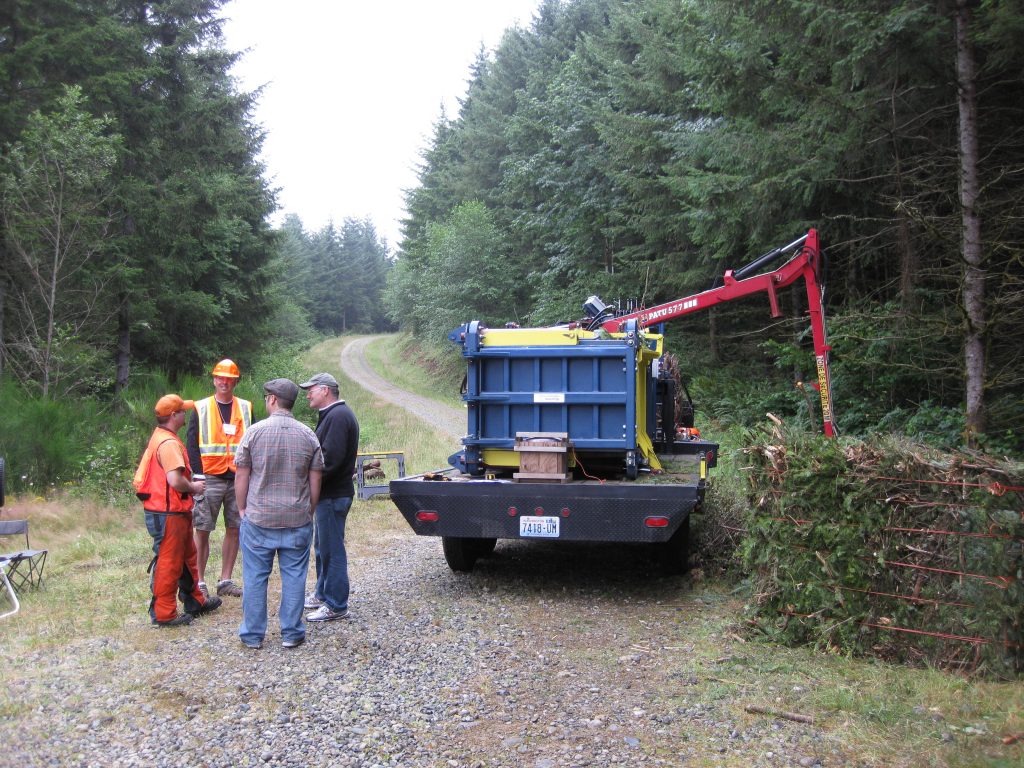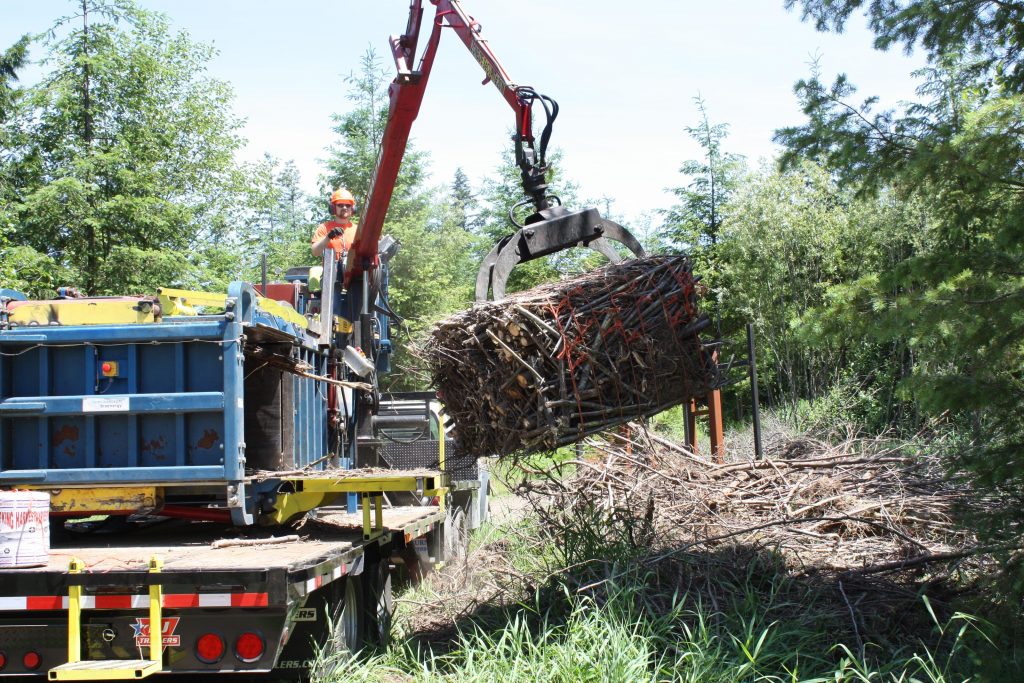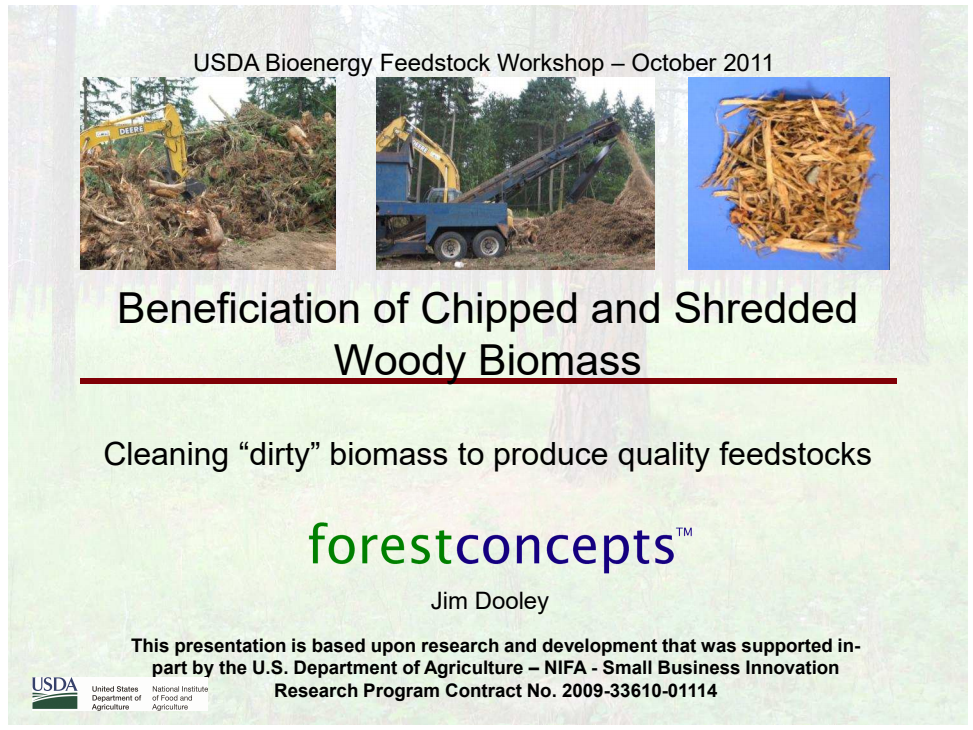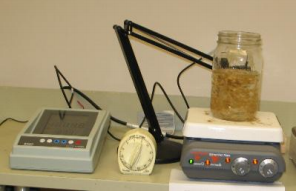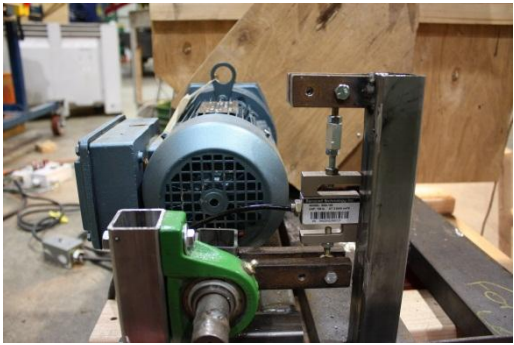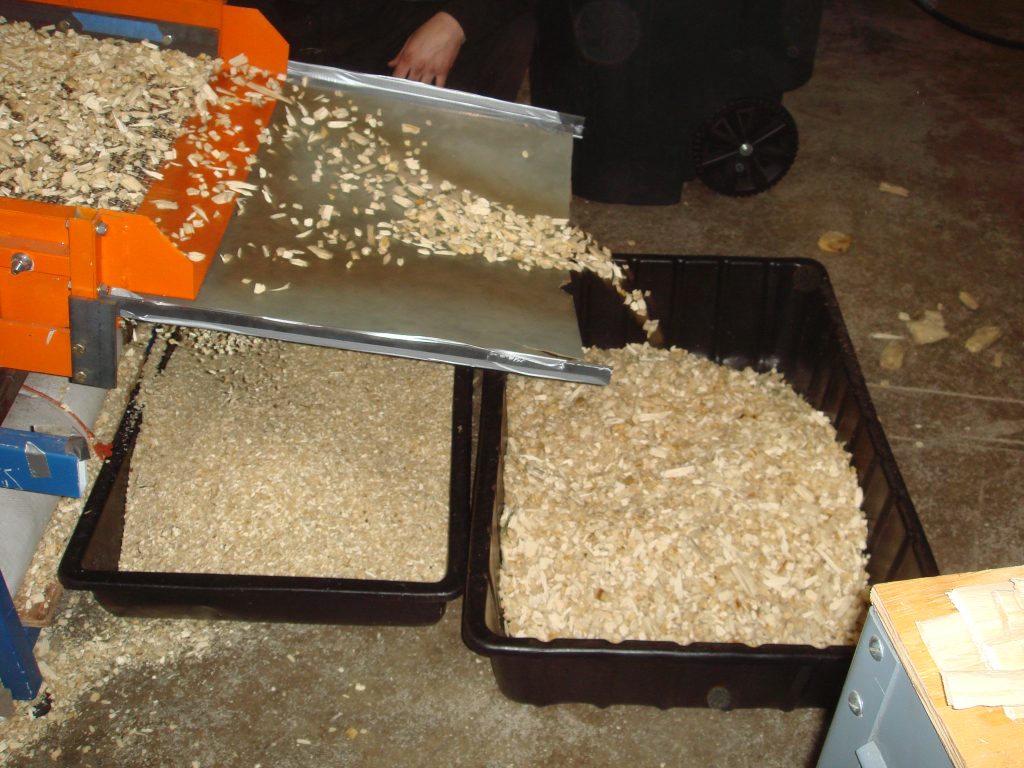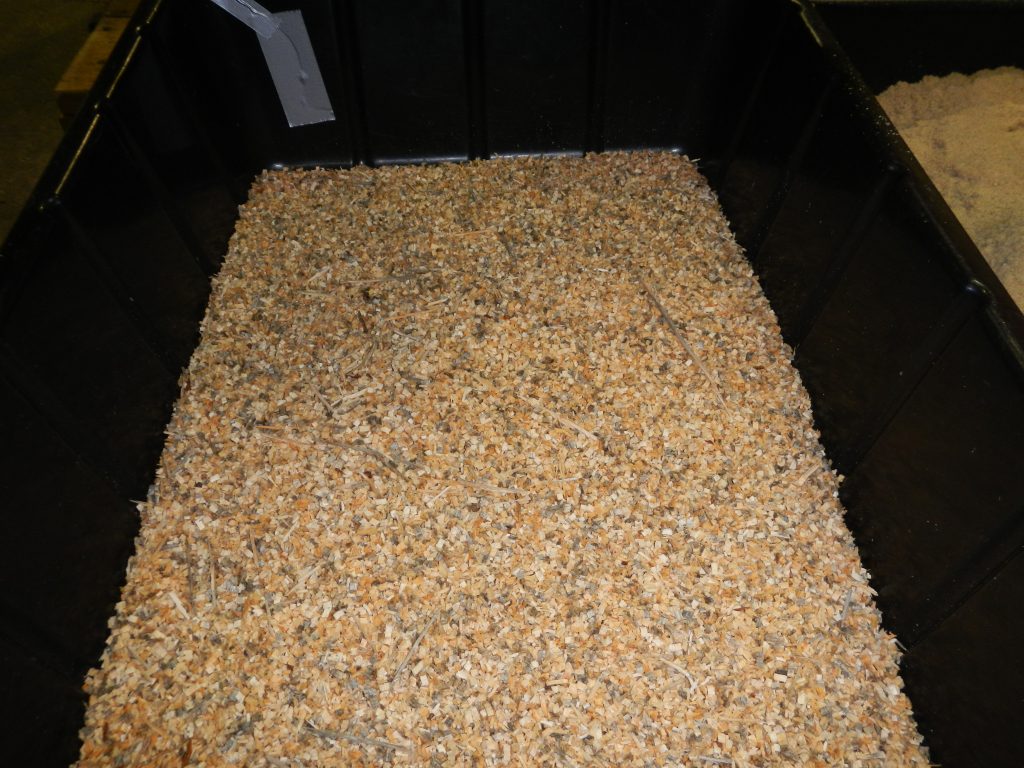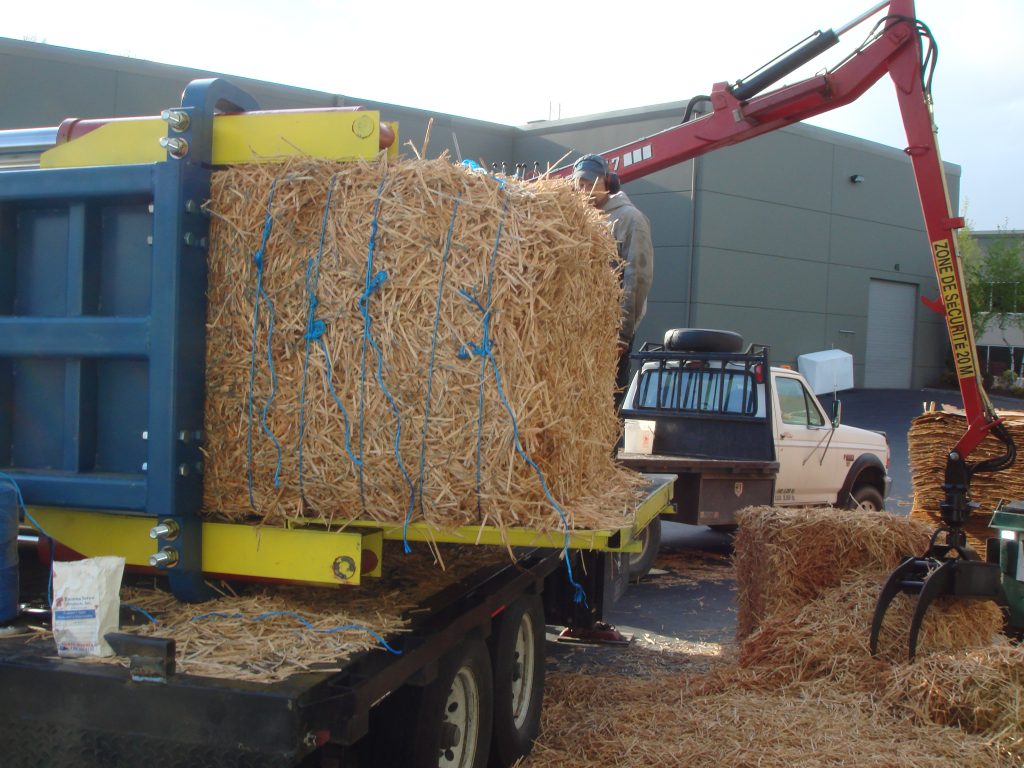Moisture Content of Baled Forest and Urban Woody Biomass During Long-Term Open Storage
Abstract This article describes how the moisture content of baled woody biomass varied during long-term open-air storage under conditions in the Pacific Northwest region of the United States. Large rectangular bales of forest and urban biomass were produced beginning in August 2015 and periodically until June 2016. Weights were measured approximately monthly until the entire […]
Moisture Content of Baled Forest and Urban Woody Biomass During Long-Term Open Storage Read More »

